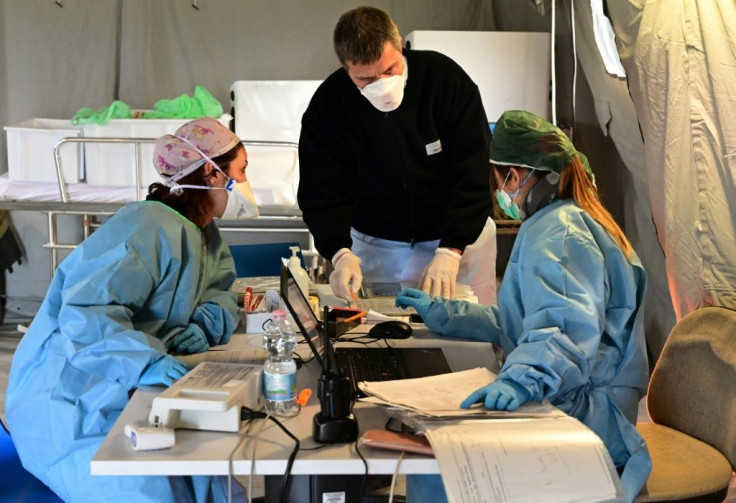Coronavirus USA Update: LA Marathon Will Continue Despite California State Of Emergency

KEY POINTS
- California has officially declared a state of emergency over the COVID-19 outbreak
- This will make additional resources available in the fight against COVID-19
- It will also help the state prepare for broader spread of COVID-19
California Governor Gavin Newsom declared a state of emergency throughout the state Wednesday afternoon shortly after confirming the first death of a California resident from the highly-contagious COVID-19. The proclamation was also made as the number of positive California cases continues to rise.
As of Wednesday, California has 53 confirmed COVID-19 cases. Of this total, 29 are people not related to repatriation flights while 24 are from repatriation flights from China and Japan. Of those not from repatriation flights, 10 are person-to-person infections, 12 are travel related, four are community transmissions while three cases are under investigation.
More than 9,400 California residents are being monitored, according to the California Department of Public Health (CDPH). Los Angeles County declared a local emergency Wednesday morning after six new COVID-19 cases were confirmed, bringing the county's total to seven.
Newsom said the state of emergency will make additional resources available in the fight against COVID-19. It will also formalize emergency actions already underway across multiple state agencies and departments, and help the state prepare for broader spread of the novel coronavirus.
The proclamation builds on work already underway by the CDPH, California Health and Human Services Agency, Governor’s Office of Emergency Services and other agencies that have been on the front lines of the state’s response to COVID-19 since January.
It also includes provisions that protect consumers against price gouging. On Tuesday, Newsom announced the release of millions of N95 masks to address shortages caused by COVID-19. Earlier this week, California secured the capacity to test thousands of specimens from the U.S. Centers for Disease Control and Prevention (CDC) to expedite testing.
The emergency proclamation will enable healthcare workers to come from out of state to assist at local healthcare facilities, and give healthcare facilities the flexibility to plan and adapt to accommodate incoming patients.
“The State of California is deploying every level of government to help identify cases and slow the spread of this coronavirus,” said Newsom. “This emergency proclamation will help the state further prepare our communities and our health care system in the event it spreads more broadly.”
On Wednesday, Placer County Health & Human Services (PCHHS) reported the first death in the state and 11th death in the country. It said this patient is an older adult who has aboard the cruise ship, Grand Princess, which departed San Francisco February 11 and returned from a cruise to Mexico on February 21.
Despite the state of emergency, organizers of the Los Angeles Marathon scheduled for March 8 said the international run will continue as planned but there might be changes depending on what happens before the 8th. More than 25,000 runners from around the world are expected to pound Los Angeles' streets in the famed marathon.
Organizers said that should Los Angeles see a surge in confirmed COVID-19 cases before March 8, actions could be taken to modify or cancel the event.
“If circumstances change, we will work closely with local, state and federal authorities to implement any necessary plans and protocols for the marathon,” said a statement from the organizers. ”Runner safety is paramount and will continue to be our top priority throughout race day. We will communicate any additional updates, should conditions change, through email, Twitter, Facebook, and our website.”
© Copyright IBTimes 2025. All rights reserved.





















